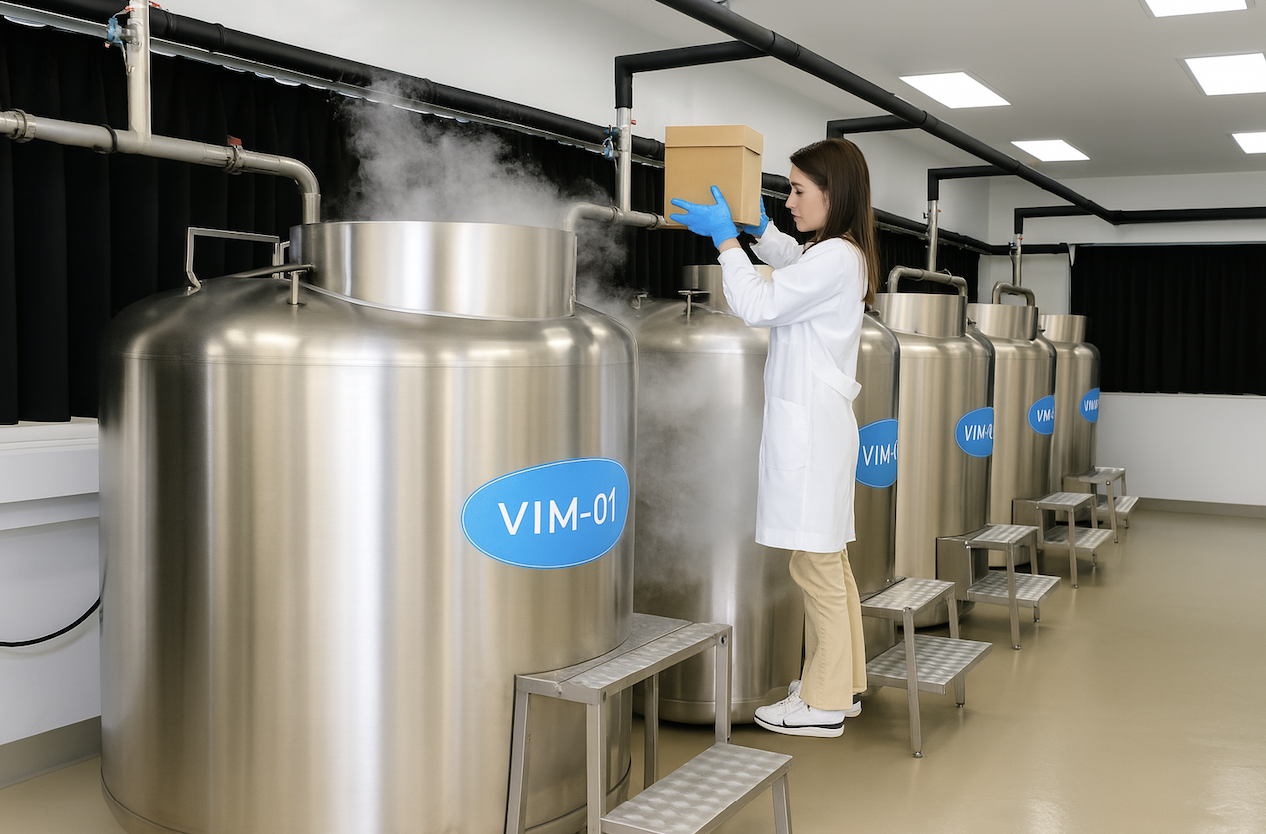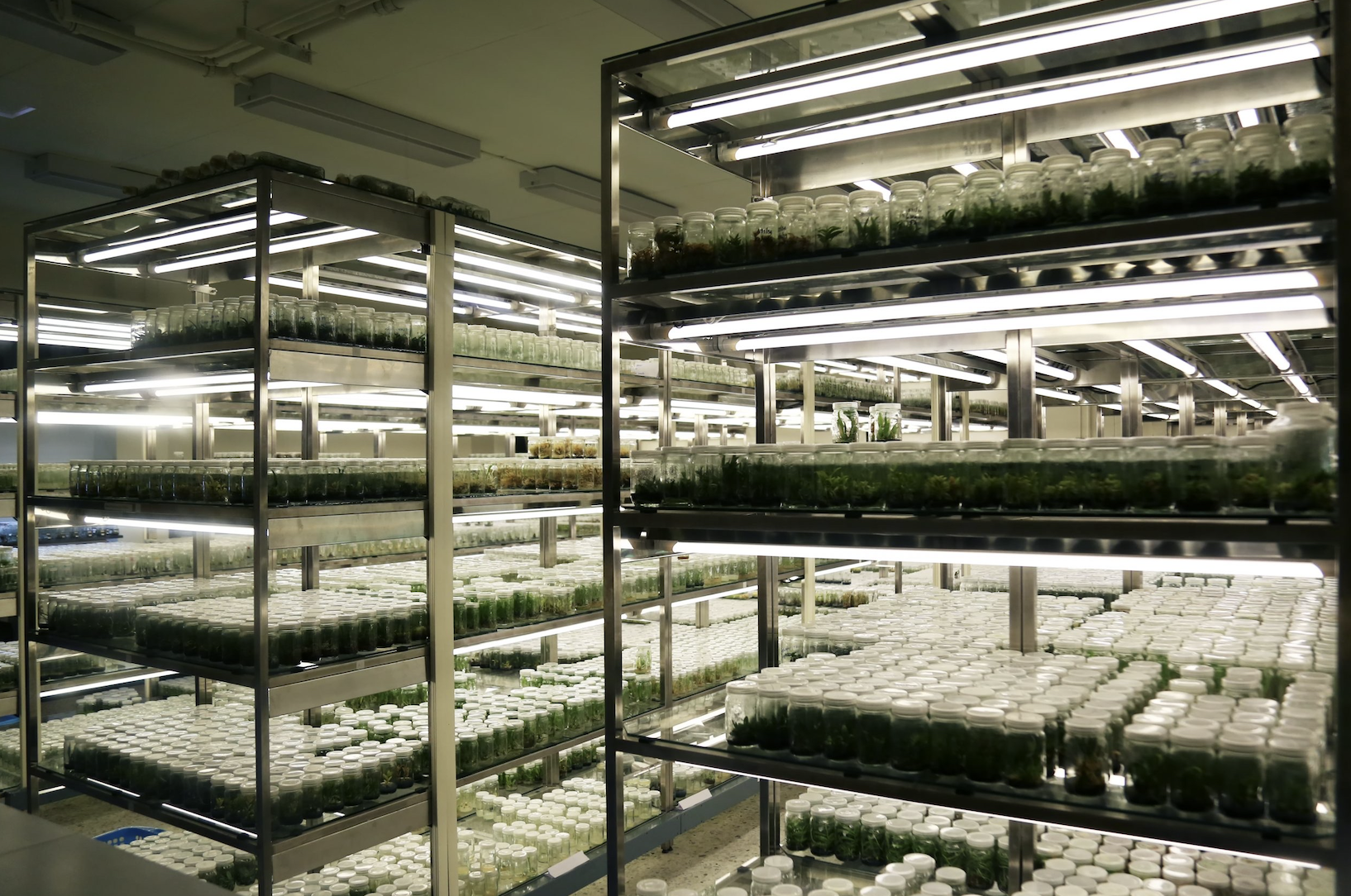In the face of accelerating biodiversity loss, climate change, and emerging global health threats, the need to preserve genetic material from plants and animals has never been more urgent. Biobanks are stepping up to meet this challenge—serving as genetic lifeboats that store the essential building blocks of life for conservation, research, and technological innovation.
The Expanding Role of Biobanks
Biobanks are secure repositories that collect, culture, and cryopreserve biological specimens. They play a critical role in a range of fields:
- Biodiversity Conservation: Protecting endangered species by preserving reproductive material for future rewilding or cloning efforts.
- Scientific Research: Offering consistent, high-quality biological samples for genetic, ecological, and pharmaceutical studies.
- Agricultural Innovation: Safeguarding valuable crop and livestock genetics to enhance food security and breed climate-resilient varieties.
- Biotechnology and Cloning: Enabling future applications in synthetic biology, regenerative medicine, and species restoration.
Techniques That Enable Long-Term Preservation
Cryopreservation and Vitrification
Cryopreservation involves cooling biological material to ultra-low temperatures (typically -196°C in liquid nitrogen), halting all metabolic processes and preserving cells in a stable state. Vitrification—an ultra-rapid freezing process—prevents the formation of damaging ice crystals, making it ideal for sensitive tissues like embryos and oocytes.
Cell Culture and Propagation
Skytyx specializes in cultivating viable cell lines from collected samples, allowing for expansion, analysis, and genetic manipulation. This is critical for rare or endangered organisms, where every viable cell can be a step toward recovery.
Environmental and Non-Invasive Sampling
New methods such as environmental DNA (eDNA) sampling, hair and feather collection, and pollen trapping allow the bank to gather genetic data without harming the organism. These techniques make preservation more ethical and widely applicable.
Supporting Conservation and Scientific Resilience
Preventing Extinction Through Stored Potential
Species like the northern white rhino or the American chestnut are on the brink of extinction. By banking viable gametes, embryos, and tissue samples, biobanks provide a backup plan—one that may enable future revival through cloning or assisted reproduction technologies.
Contributing to Regenerative Agriculture
Preserved plant seeds and vegetative tissues form the genetic reservoir for future crops that can withstand drought, pests, or changing climates. This is essential for food security as agricultural systems adapt to global warming.
Enabling Future Cloning and Bioengineering
Cryopreserved samples support cutting-edge applications in cloning and synthetic biology. Whether reconstructing extinct genomes or developing engineered organisms with enhanced capabilities, biobanks act as the genetic archive on which future science depends.
Ethical and Logistical Challenges
Ownership and Consent
Biological samples often originate from indigenous territories or protected habitats. Clear policies are needed to define ownership, usage rights, and benefit-sharing, ensuring ethical practices in genetic preservation.
Sustainability and Energy Demands

Maintaining cryogenic conditions requires energy-intensive systems. Skytyx Biobank is exploring renewable-powered cryo-units and smart temperature control systems to reduce the environmental footprint of long-term storage.
Global Standardization
Collaborating with international networks and aligning with guidelines from organizations like ISBER and FAO ensures that stored samples are compatible, traceable, and usable across global research institutions.
A Vision for the Future
Mobile Biobanking Solutions
Portable cryopreservation units enable field biologists to collect and freeze samples immediately after collection, preserving delicate tissues before degradation.
Cloning as a Conservation Tool
As cloning becomes more viable, particularly in animals, biobanks will serve as the foundational infrastructure for de-extinction efforts and population recovery programs.
